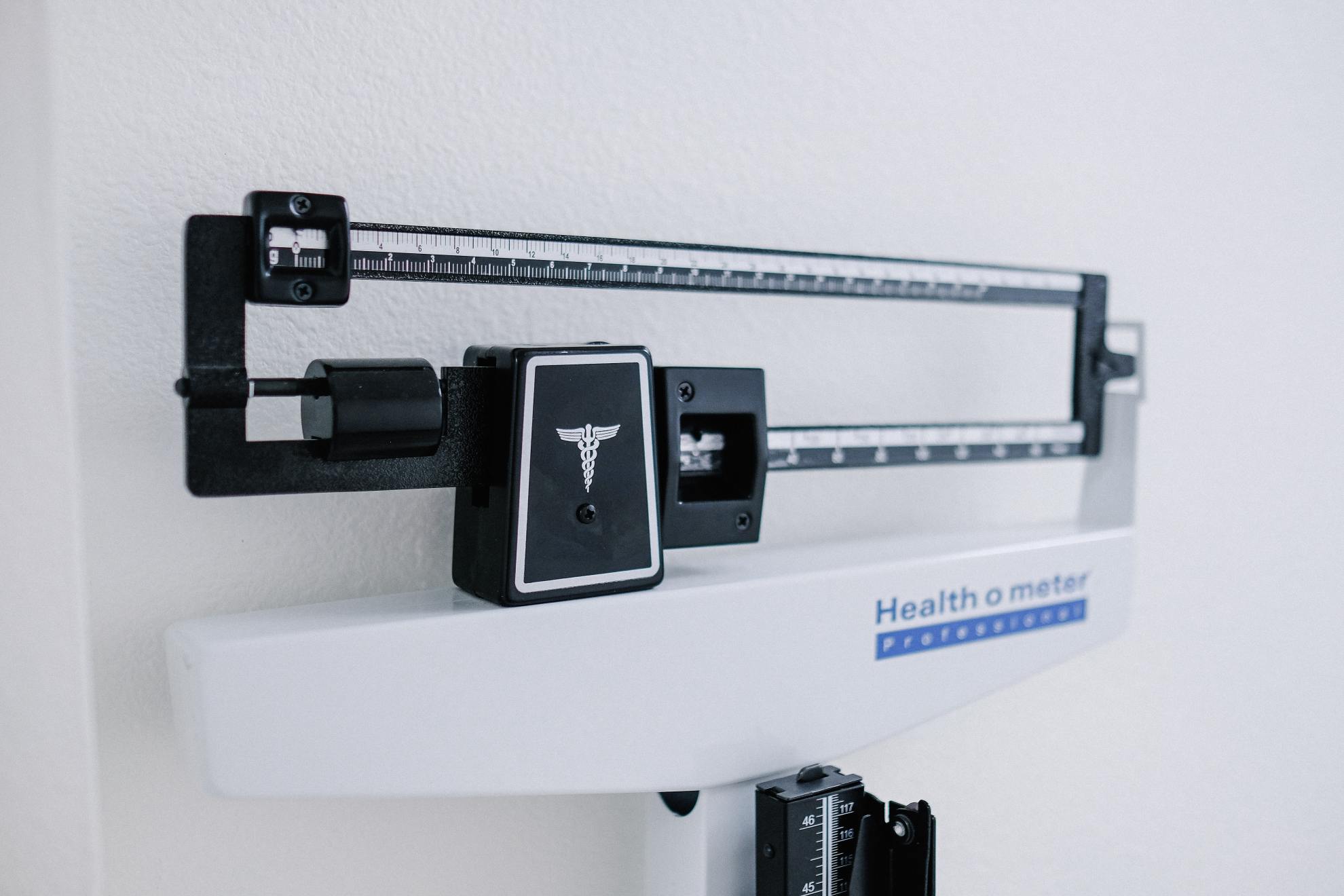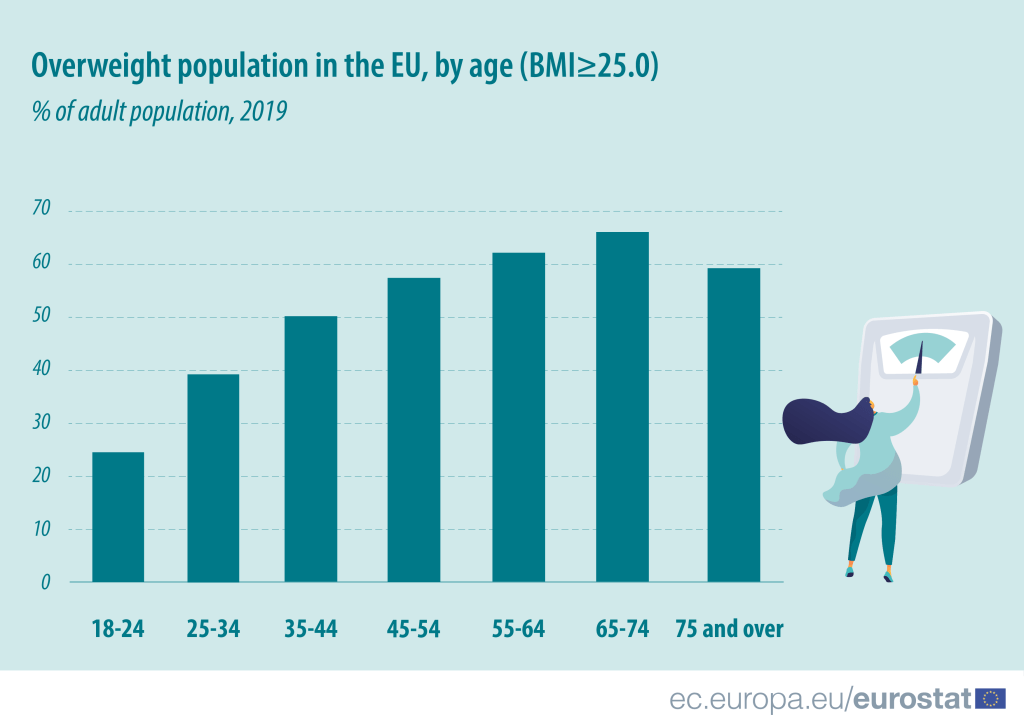Obesity: a new tool to diagnose visceral fat by Research Luxembourg
19 October 2021

Personalised medicine of obesity.
Visceral fat is an intra-abdominal adipose tissue stored around several organs, including the stomach, the intestines and the liver.
Visceral Obesity is a major risk factor for developing several diseases, such as hypertension, type 2 diabetes, cancer, as well as dementia and some inflammatory diseases.
Accurate measurement of visceral fat remains tricky. Keeping track of your Body Mass Index (BMI) and waist circumference are not the best ways to tell if you are losing visceral fat.
The new online tool Visceral Fat Calculator provides an accurate and easy assessment of visceral fat deposits in adults.
This innovative tool is the result of a successful collaboration between Research and Development teams of the Luxembourg Institute of Health (LIH) with Dr Hanen Samouda and the Centre Hospitalier de Luxembourg (CHL) with Dr Frédéric Dadoun.
Obesity is a growing disease in Europe
Over more than half of adults in the EU have obesity and overweight, according to Eurostat.

Obesity is a chronic multifactorial disease, probably due to a combination of several factors.
An increase in visceral fat of more than 130 cm² defines Visceral Obesity, which also comes with a series of health complications that can be fatal. Visceral fat depots might increase in people having normal weight, overweight or obesity.
Usual measurement of obesity, validated by the World Health Organisation, is based on the BMI assessment. Yet, the index does not distinguish between fat mass and fat free mass and is therefore a poor diagnostic tool for general obesity.
Visceral Fat Calculator: an accurate, simple and readily available tool
The Visceral Fat Calculator is based on an innovative anthropometric model has been validated as the most accurate indicator of cardiometabolic risk, as well as cardiovascular, cancer and all-cause mortality, when biomedical imaging data is not available.
Using this online tool, users enter their gender, age, weight, height, and waist and thigh measurements. Based on these parameters, the tool calculates the amount of visceral fat, providing an indication of the presence or absence of visceral obesity.
Find out more about the Visceral Fat Calculator and the NutriHealth Group.
NutriHealth Group is part of the “Public Health Research” (PHR) that belongs to the Department of Population Health Luxembourg Institute of Health.








